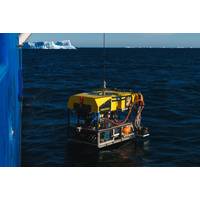
Study of Newly Exposed Sea Floor Reveals Flourishing Ecosystems
An international team on board Schmidt Ocean Institute’s R/V Falkor (too), working in the Bellingshausen Sea, rapidly pivoted their research plans to study an area that was, until last month, covered by ice, revealing flourishing ecosystems at depths as great as 1300 meters.On January 13, 2025, an iceberg the size of Chicago, named A-84, broke away from the George VI Ice Shelf, one of the massive floating glaciers attached to the Antarctic Peninsula ice sheet. The team reached the newly exposed seafloor on January 25 and became the first to investigate an area that had never before been

Schmidt Ocean Institute Successfully Concludes Inaugural Antarctic Expedition
After a year of preparing the ship and crew, Schmidt Ocean Institute’s research vessel Falkor (too) has completed its first science expedition to Antarctica. The three-week expedition, which ended in early January, was ambitious in its science scope and required operational refinements to navigate safely in unfamiliar environmental conditions.“Operating our ship in the Southern Ocean marks a significant milestone in Schmidt Ocean Institute’s history,” said Eric King, senior director of maritime infrastructure. “R/V Falkor (too) performed exceptionally well
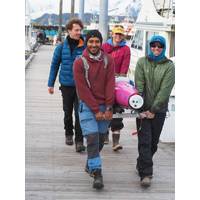
The Power of Scientific Collaboration is Perennial
up is a sensor for monitoring methane.The November issue of Marine Technology Reporter takes an in-depth look at how an international team of scientists is reconstructing the impact of the 2008 Chaitén volcanic eruption on the marine environment via data gathered on an expedition onboard Schmidt Ocean Institute’s R/V Falkor (too). Their findings provide new insights into the fate of volcanic debris in marine environments.Additionally in the November issue, Celia Konowe looks at the critical role gliders play in gathering data for understanding climate change and marine biodiversity. An upcoming
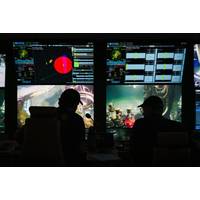
Scientists Reconstruct Impact of Seafloor Volcanic Eruption
An international team of scientists is reconstructing the impact of the 2008 Chaitén volcanic eruption on the marine environment following an expedition onboard Schmidt Ocean Institute’s R/V Falkor (too).After 9,000 years of dormancy, the Chaitén Volcano erupted without warning on May 2, 2008. Ash spewed 30 kilometers (18 miles) into the air and blanketed the landscape. Heavy rain in the following days triggered devastating volcanic mudflows known as lahars that cascaded down mountainsides and into the Northern Patagonian Sea. The town of Chaitén evacuated as the powerful

Greensea IQ Partners with WHOI to Advance Ocean Research Technologies
barriers that often hinder innovation, leveraging their combined strengths to advance ocean research,” said Ben Kinnaman, Greensea IQ CEO. “Greensea IQ has a rich history within the scientific community with the adoption of OPENSEA by several research institutions such as MBARI and Schmidt Ocean Institute. By extending OPENSEA, our open architecture platform, further into the science community via NDSF, Greensea IQ will make a higher impact that will support a more diverse community of scientists and researchers.”Andy Bowen, Director of the NDSF and a Principal Engineer at WHOI, said
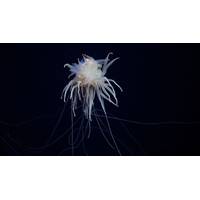
“Flying Spaghetti Monsters” Photographed at Newly Discovered Seamount
A team of oceanographers led by Schmidt Ocean Institute have discovered and mapped a new seamount on the Nazca Ridge in international waters, 900 miles off the coast of Chile, and photographed rare species, including siphonophores nicknamed “flying spaghetti monsters”.The Nazca Ridge, an underwater mountain chain, along with the adjoining Salas y Gómez Ridge, is one of several global locations under consideration for designation as a high seas marine protected area.The seamount discovery is one of many from a 28-day expedition to the international waters of the Nazca Ridge led by
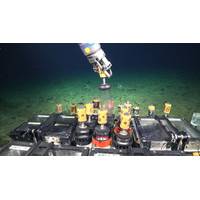
Scientific Discovery: Chile's Deepest Cold Seeps
Scientists on a research expedition onboard Schmidt Ocean Institute’s R/V Falkor (too) reportedly located Chile’s deepest and most northern cold seeps. At 2836 meters deep, the seeps provide chemical energy for deep-sea animals living without sunlight, offering potential insights into the conditions that led to the development of life on Earth.The search for the seeps took over 12 hours, as scientists examined an area with geologic features that led them to suspect there might be seeps. Their investigation relied on seafloor mapping data and data interpretation from local and international
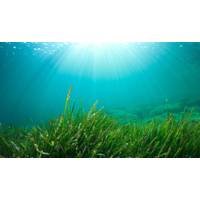
Funding Awarded for Five Projects that Study Ocean Systems in a Changing Climate
Five global science and technology projects have been selected to join the Ocean Biogeochemistry Virtual Institute (OBVI) to address gaps in ocean data and modeling.OBVI, through a joint call for proposals with Schmidt Ocean Institute, received 117 expressions of interest from 48 countries. Final proposals were selected through a two-stage submission process and reviewed by a panel of scientific experts and the OBVI Advisory Board. Together, the five selected teams will make up a global research network and receive financial support from Schmidt Sciences and access to Schmidt Ocean Institute’s
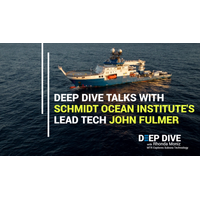
Deep Dive Talks with Schmidt Ocean Institute's Lead Tech John Fulmer
Join us for a discussion with the Schmidt Ocean Institute's Lead Technician John Fulmer onboard the R/V Falkor (too). Learn about life on the ship for John as he navigates onboard operations on a research vessel with some of the most advanced technology in the world! --
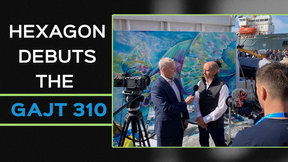
 February 2025
February 2025





